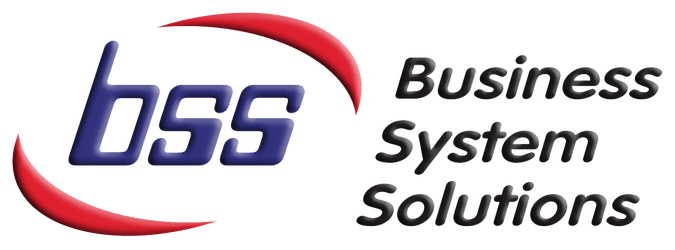 In the course of its long and illustrious history, HP has gone from those two guys in the garage (now an historical landmark) building audio oscillators to its newest mobile workstation. An interesting thing about the new workstation, fancy specifications aside, is that it has the distinction of being in the first group of products released by HP Inc. following the HP split. HP Inc. now sells hardware, including PCs and printers, while Enterprise has shifted toward software and services. That’s all well and good for HP and HPE, of course, but presumably this doesn’t affect the Average Josephus all that much. Presumption incorrect. They’ve been getting themselves into some interesting stuff lately.
In the course of its long and illustrious history, HP has gone from those two guys in the garage (now an historical landmark) building audio oscillators to its newest mobile workstation. An interesting thing about the new workstation, fancy specifications aside, is that it has the distinction of being in the first group of products released by HP Inc. following the HP split. HP Inc. now sells hardware, including PCs and printers, while Enterprise has shifted toward software and services. That’s all well and good for HP and HPE, of course, but presumably this doesn’t affect the Average Josephus all that much. Presumption incorrect. They’ve been getting themselves into some interesting stuff lately.
Following months of missteps (debacles might be a better word), in the interest of increasing stock value for investors and building more successful companies, Hewlett-Packard split, effective November 1, 2015. HP will be pouring its resources into 3D printing and its Sprout projects. To increase profit, HP will also be focusing on tablets, which have significantly increased prices since the split because HP is now building more powerful tablets that run Windows 10. Previously, budget tablets running Windows 8.1 had been floating around and could be had for under $100. No more. However, since HP’s target market is typically geared toward industries or businesses and not broke college kids writing for a living, the CEO (Dion Weisler) seems optimistic about future success.
Meanwhile, HP Enterprise has been doing well. Turns out business with the cloud is a good idea (whodathunk). Despite HP pulling out of public cloud pre-split, Enterprise will continue working on private cloud and selling other companies’ products. This includes Microsoft Azure. Essentially, Enterprise will be doing its thing and telling its customers they should totally go for Azure when they look for a super awesome cloud service. Sounds plausible. Or it would if anyone knew what exactly Azure does. Stay tuned for the dissection of those incomprehensible cloud terms.
For more tips and technical news delivered right to your inbox, SIGN UP FOR OUR NEWSLETTER.




